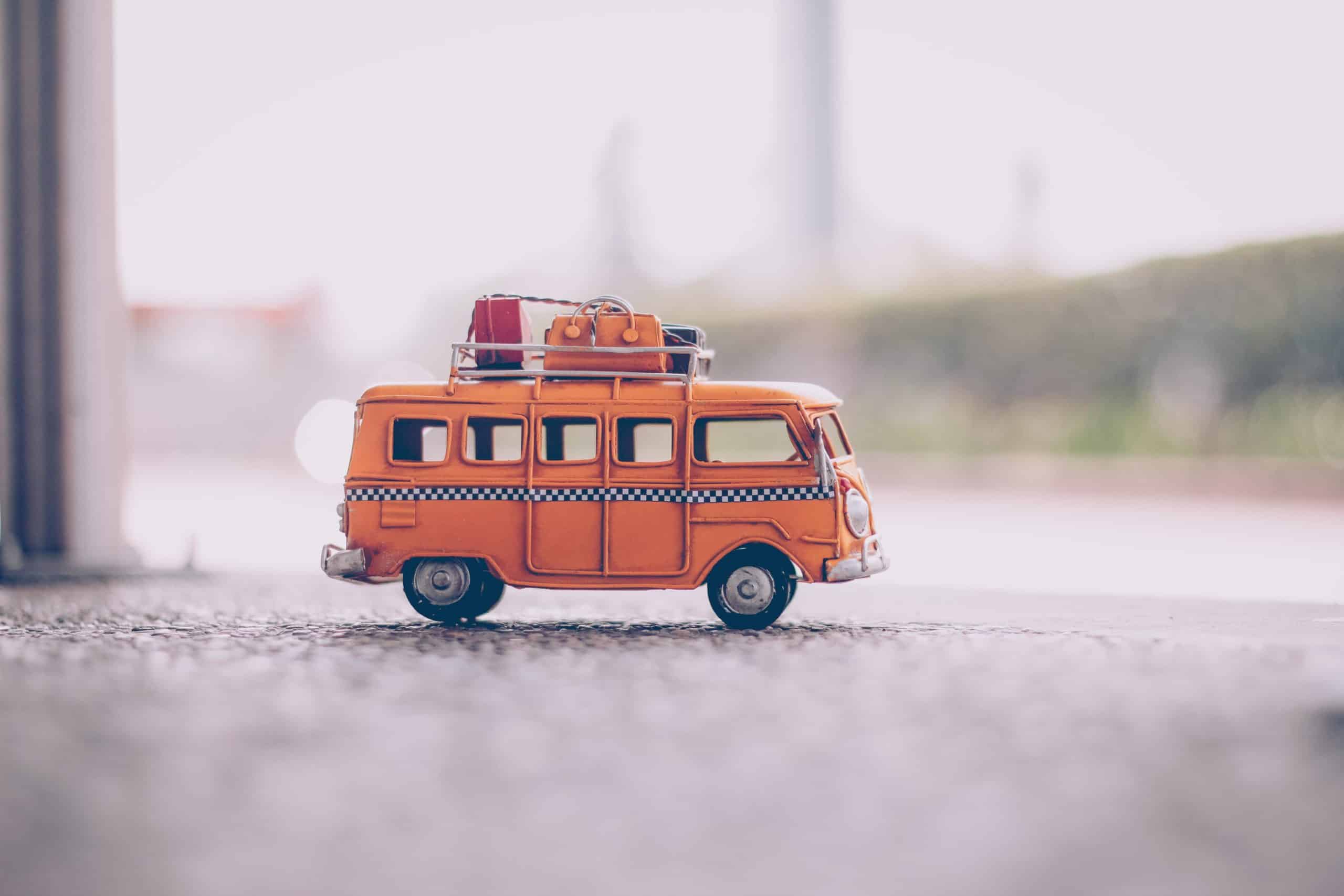To say that the coffin was in the center of the living room would be incorrect. The coffin was the center of the living room. Squeezed between two small couches and several mourners, it gave the space a crypt-like feeling. The walls seemed too close; the ceiling too low, like we had climbed into a tomb. As if the room had been built for just this purpose.
The velorio, a gathering in the home of the deceased, is a Mexican tradition that allows loved ones to gather to share meals, memories and to mourn. In much of Mexico, access to mortuaries is limited so the largest room in the family home is converted, when needed, into a space to say goodbye.
Slowly, I became aware of the odd collection of knick-knacks adorning the room: butterflies, candles, a rosary, a picture of the young man, a stuffed animal, Rivera’s lilies, silver candelabras; many of the items present a reminder of the current, extraordinary use of this space. Of all the odds and ends that cluttered the cramped room, it was the handprint I continued to return to.
The handprint drew my attention. The oils of the skin, leaving a smudge, catching the light and illuminating the familiar form. The shape, outlined in omnipresent dust, the only distinguishing feature on the otherwise simple, copper colored, coffin in the center of my neighbor’s living room.
To be honest, I didn’t know the man. At most, we had exchanged brief greetings as we passed each other in the neighborhood. But, his mother had asked if some of us would attend and help with the rosary. It seemed like something small I could give to a woman who had been shaken by the sudden death of her son.
Racing through the living room, weaving between guests, candles and coffin, children played tag, oblivious to the metaphorical elephant in the room, elephant taking up the entire room. Inside tears and prayers, interrupted frequently by pilgrims on their way to the kitchen for another beer; outside, mourners imbibing freely.
“Some fight for life, some give it up,” someone says, a stage whisper, alluding to the cause of death, suicide, after years of addiction. At least, that’s what I think they said, with Spanish I can never be sure. Maybe I’m projecting my own critical feelings, my own unfair judgement, onto the man taking up most of the space in the room.
We are an Easter People. Our hope, our faith, is in resurrection. Resurrection means death cannot conquer or contain our hope. Resurrection can seem far off, as I’m sure it did for the mother sitting in the living room next to her son’s coffin. But this Easter season, a season we just finished not two weeks ago with Pentecost, is a reminder of our hope and the life our hope ushers in – new life. A stark contrast to the sudden death of a young man in the neighborhood.
We live. We die. And the wheels on the bus go round and round.1 This superficially heartless line seems to speak to the inconsequential nature of life. The bus keeps rolling whether we are on it or not. And while this is true, I like to see it another way. Our death won’t stop the bus. Life rolls on.
As I sat at the velorio, staring at this hand print, I pondered death’s inability to stop life. Around the casket were loved ones praying, sharing words and gestures of consolation, support and hope. Outside the house “mourners” were celebrating, telling stories, laughing, drinking and eating, a literal breaking of bread. Children were running, playing, their faithful four-legged friends chasing and adding commotion.
Death can’t seem to stop life. Death may change life’s course, as children run through a wake and around a coffin, but life passes through, unimpeded by the hushes and stern looks of moms and grandmas. This is the miracle of the Easter season. That, in the middle of a wake, life continues, tears are wiped away, laughter happens, hope and hugs are shared. Our loved ones continue with us in our memories, in the stories we share of them, a part of our very identity. And resurrection means that after death comes new life, a new life we will one day take part in ourselves as we glory in union with God.
Like the shoots growing out of the garden boxes I have forgotten to water for weeks or the little car I drive that I’m sure is just one speed bump away from the great junkyard in the sky, life has a way of emerging in the dry, dusty soil of our world. Like my car, life survives the beatings we give it.
Life rolls on, unconquered by the speed bumps of death and despair.
Resurrection.
-//-
Photo by Nubia Navarro (nubikini) from Pexels
- In The Bucket List a 2007 comedy starring Morgan Freeman and Jack Nicholson, Edward Cole (Nicholson) and Carter Chambers (Freeman) are two late-middle aged men who are both diagnosed with terminal illnesses. The two create a “bucket list,” a list of all the activities they want to do before they “kick the bucket” and embark on an adventure to cross items off the list. In one scene Edward says this quote to Carter as a way to motivate Carter to take the time to do some of the activities he hopes to do before death. If you haven’t seen the movie, it is a good Friday night, feel-good film if somewhat predictable and insensitive in its treatment of terminal illness. https://www.youtube.com/watch?v=vc3mkG21ob4 ↩


